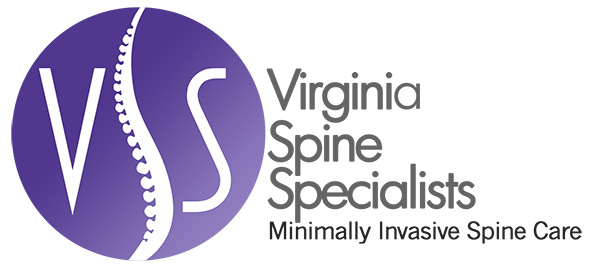How to Reduce Back Pain at Your Desk Job
If you have a job that is mostly performed while sitting at a desk, you are putting almost 40 hours of stress on your back each week. Sitting for extended periods of time puts pressure on the disks supporting your spine, which could lead to pain over time.
Sitting too long can also make you prone to injury because it puts the spine in a flexed position, while you are bent forward, which may cause the back muscles to stop working efficiently. Daydreaming about enjoying the Great Outdoors while stuck in your cubicle won’t help you protect your back – but these tips just might.
Ergonomics
First of all, make sure the chair you spend so much time in is ergonomically correct, meaning that it fits the human body and its movements. Your lower back (lumbar spine) is curved naturally forward, so a chair with built-in lumbar support will help to maintain the curve. If your chair doesn’t have this feature, you can buy a lumbar support pillow to place behind your back.
Be sure your chair and desk heights are suited to your body. The height of your desk should allow your forearms to rest comfortably at a 90-degree angle, and your wrists should not be higher than your elbows. Also, the top of your computer screen should be at or slightly below eye level; adjust your desk, or at least your chair, accordingly.
Finally, keep your feet flat on the floor and your back against the chair. Relax your shoulders and be careful not to hunch them over.
Stretching
You may be glued to your cubicle of office, but that doesn’t mean you have to stay seated continuously. Allow yourself to get up and stretch every 30 to 60 minutes. Simply getting up out of your chair can break the cycle of clenched muscles and help you to realign your posture properly.
You can do this simple stretch to keep your back feeling great: Stand up and place your hands on your lower back. Push our hips forward while slightly arching your back. This simple move will take the pressure off of your discs and can be performed anywhere.
Strengthening
One final tip is to keep your core strong. Your body will be better able to cope with sitting if you do core exercises like Pilates to keep those muscles in shape. Core exercises train the muscles to work more efficiently, and they counter the negative effects of sitting for long periods of time.
Of course, always consult your doctor before starting an exercise program, and feel free to contact Dr. Sharma if you are worried that your back pain is resulting from something more serious than prolonged sitting.

Categories
Archives
Contact Dr. Mudit Sharma
Phone: (571) 921-4877
Toll Free: (855) 774-6334
Monday – Thursday: 8am – 4pm
Friday: 8am – 2pm
Fredericksburg
4604 Spotsylvania Parkway, Suite 300 Fredericksburg, VA 22408
Manassas
8650 Sudley Road, Suite 315
Manassas, VA 20110-4418
